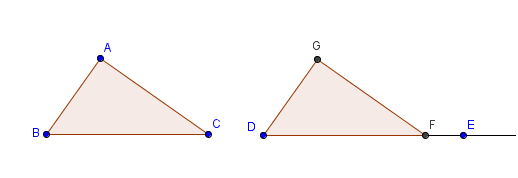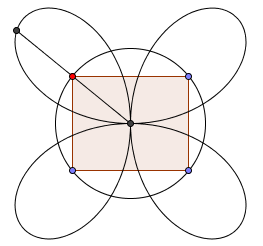GeoGebra Essentials 5 – The Compass Tool and the SSS Congruence
This is the fifth tutorial in the GeoGebra Essentials Series. If you are not familiar with GeoGebra, you may want to read the Introduction to GeoGebra post and prior tutorials. They contain the pre-requisites of this tutorial.
In the tutorial below, menu commands, located in the menu bar, are in brown bold text, and submenus are denoted by the > symbol. For example, Options>Labeling> New Points Only means, click the Options menu, choose Labeling from the list, then select New Points Only. The tool texts are colored orange. For example, New Point means the new point tool.

In this tutorial, we will mimic compass and straightedge construction using GeoGebra’s Compass tool, Segment and Ray tools. We use the concept of the SSS congruence1 to construct a triangle congruent to a given triangle. » Read more

